Burnt Rhododendron Leaves: Environmental Leaf Scorch On Rhododendrons
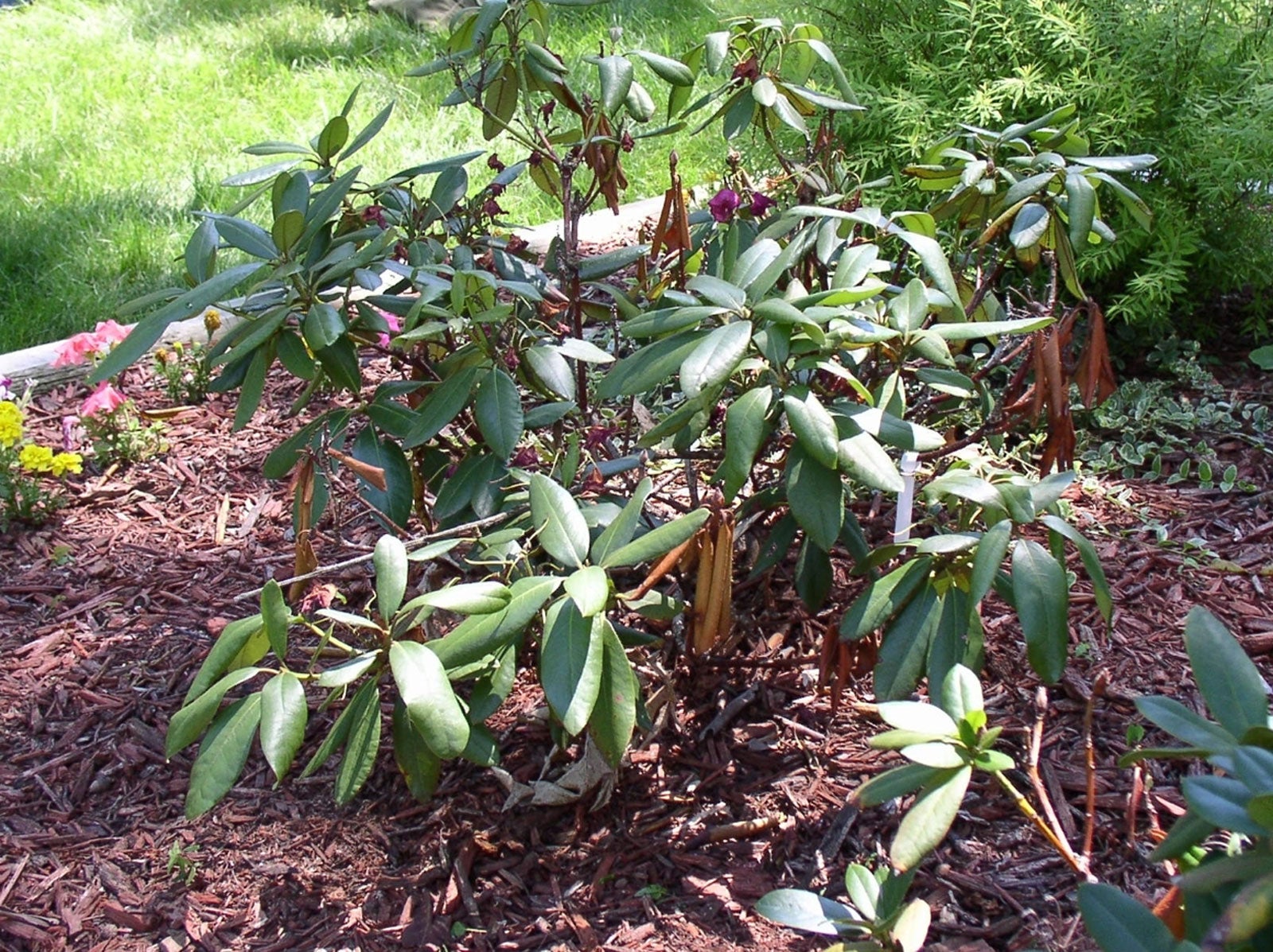

Burnt rhododendron leaves (leaves that appear burned, scorched, or browned and crisp) are not necessarily diseased. This kind of damage is most likely due to unfavorable environmental and weather conditions. There are some things you can do to prevent curled, crispy rhododendron leaves and repair damaged plants.
Signs and Causes of Rhododendron Stress Burn
Stress burn or scorch is a phenomenon that is not uncommon in broadleaf evergreens like rhododendron. The stresses triggered by unfavorable weather can cause:
- Browning on the tips of leaves
- Browning along the margins of leaves
- Extended browning and crispy leaves
- Curled leaves
Scorch can be caused by dryness in winter. Especially windy and cold conditions can cause the leaves to lose more water than the roots can take up in frozen soil. The same thing can happen during particularly hot, dry conditions including summer droughts.
It’s also possible that stress burns and scorch are triggered by excessive water. Standing water and boggy conditions can cause enough stress to damage leaves.
What to Do with Rhododendron with Scorched Leaves
Damaged leaves and branches may or may not recover. Leaves that curled up over the winter are protecting themselves and will likely open up again in the spring. Leaves with excessive browning from winter or summer stress probably will not recover.
Watch for recovery and if leaves don’t bounce back or branches don’t develop new buds and growth in the spring, trim them off the plant. You should get new growth in other areas of the plant in the spring. The damage is not likely to destroy the entire rhododendron.
Preventing Leaf Scorch on Rhododendrons
To prevent winter rhododendron stress burn, take good care of the bushes during the growing season. This means providing at least an inch (2.5 cm.) of water per week. Water your rhododendrons each week if rain is inadequate.
Gardening tips, videos, info and more delivered right to your inbox!
Sign up for the Gardening Know How newsletter today and receive a free copy of our e-book "How to Grow Delicious Tomatoes".
Take care in providing enough water in the fall to ready the bush for winter conditions. Watering in the summer when temperatures are high and drought is possible is also important for preventing summer stress burns.
You can also choose a more protected location for planting rhododendron to prevent winter and summer injury. Adequate shade will protect plants in summer and wind blocks will help them avoid damage in both winter and summer. You can use burlap to block drying winter winds.
Prevent stress caused by standing water as well. Only plant rhododendron shrubs in areas where the soil will drain well. Avoid boggy, marshy areas.

Mary Ellen Ellis has been gardening for over 20 years. With degrees in Chemistry and Biology, Mary Ellen's specialties are flowers, native plants, and herbs.
-
 Looking For Plants To Give You The Soft And Fuzzies? Try These 5 Fuzzy Leaf Plant Options
Looking For Plants To Give You The Soft And Fuzzies? Try These 5 Fuzzy Leaf Plant OptionsLovers of texture, drama, silver foliage and tactile plants will adore these special sensory garden additions. These fuzzy leaf plant options will leave you all aglow
By Susan Albert
-
 Get Ready For A Summer Of Hummers! Grow These Full Sun Hummingbird Plants and Flowers
Get Ready For A Summer Of Hummers! Grow These Full Sun Hummingbird Plants and FlowersIf you’re lucky enough to enjoy a sunny backyard, make sure you are maxing out on your pollinator opportunities and grow these full sun hummingbird plants and flowers
By Tonya Barnett
-
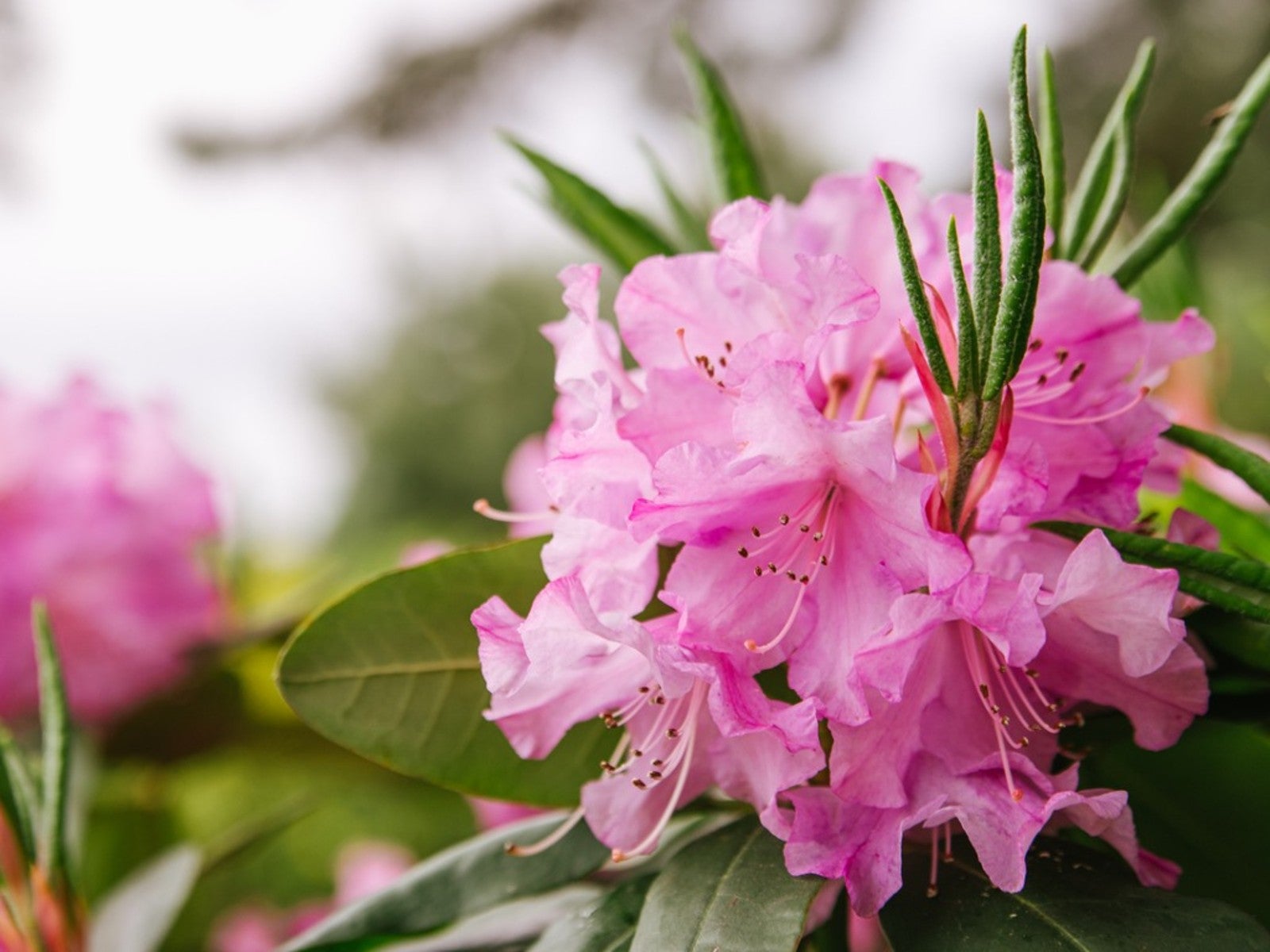 How Curling Leaves On Rhododendrons Act Like A Thermometer
How Curling Leaves On Rhododendrons Act Like A ThermometerRhododendron leaves curling and drooping in winter? Read about thermotropic leaf movements.
By Teo Spengler
-
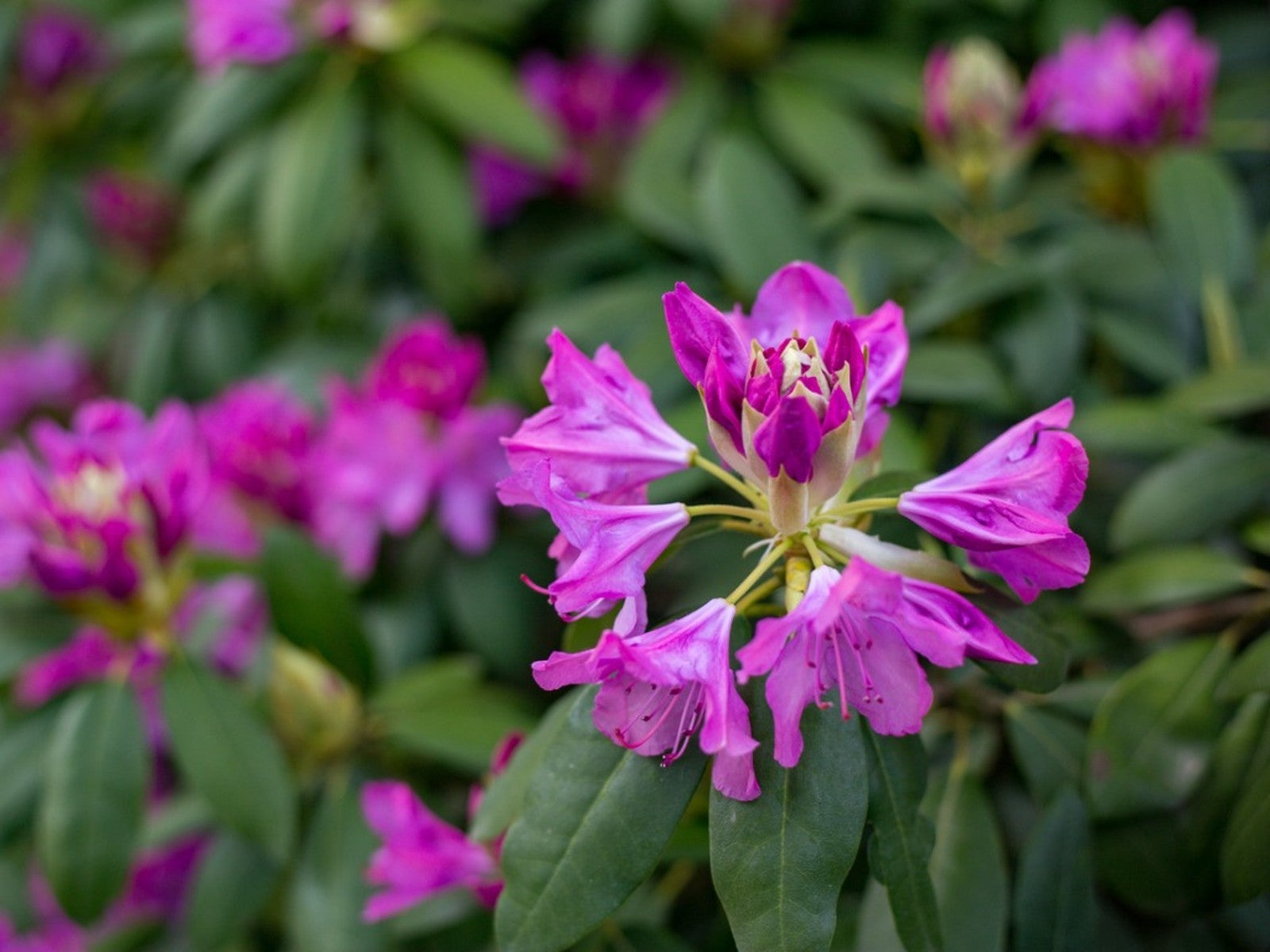 What Is Lapland Rhododendron
What Is Lapland RhododendronWhat is a Lapland rhododendron? More difficult to grow than a garden rhody, this creeping groundcover is a prized wild specimen. Click for more.
By Tonya Barnett
-
 Fragrant Rhododendron And Azalea Varieties
Fragrant Rhododendron And Azalea VarietiesMany rhododendrons and azaleas are exceptionally fragrant. Here are five of our favorite scented azalea and rhododendron varieties.
By Tonya Barnett
-
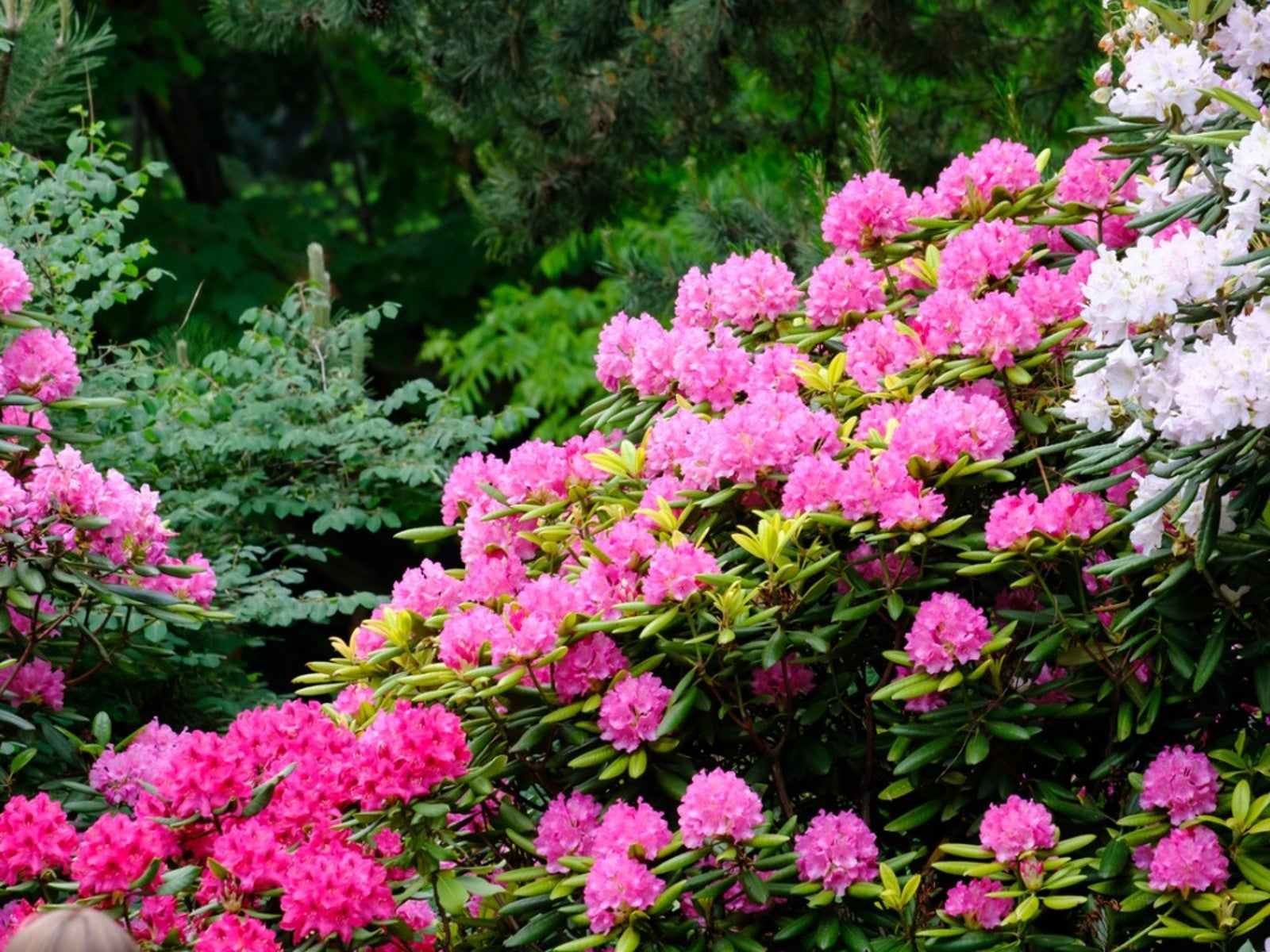 Pink Rhododendron Varieties: Picking The Perfect Pink Rhododendron
Pink Rhododendron Varieties: Picking The Perfect Pink RhododendronThere are more than 1,000 species of rhododendron, so if pink is your favorite, there are plenty to choose from. Click to learn about pink rhododendrons.
By Mary Ellen Ellis
-
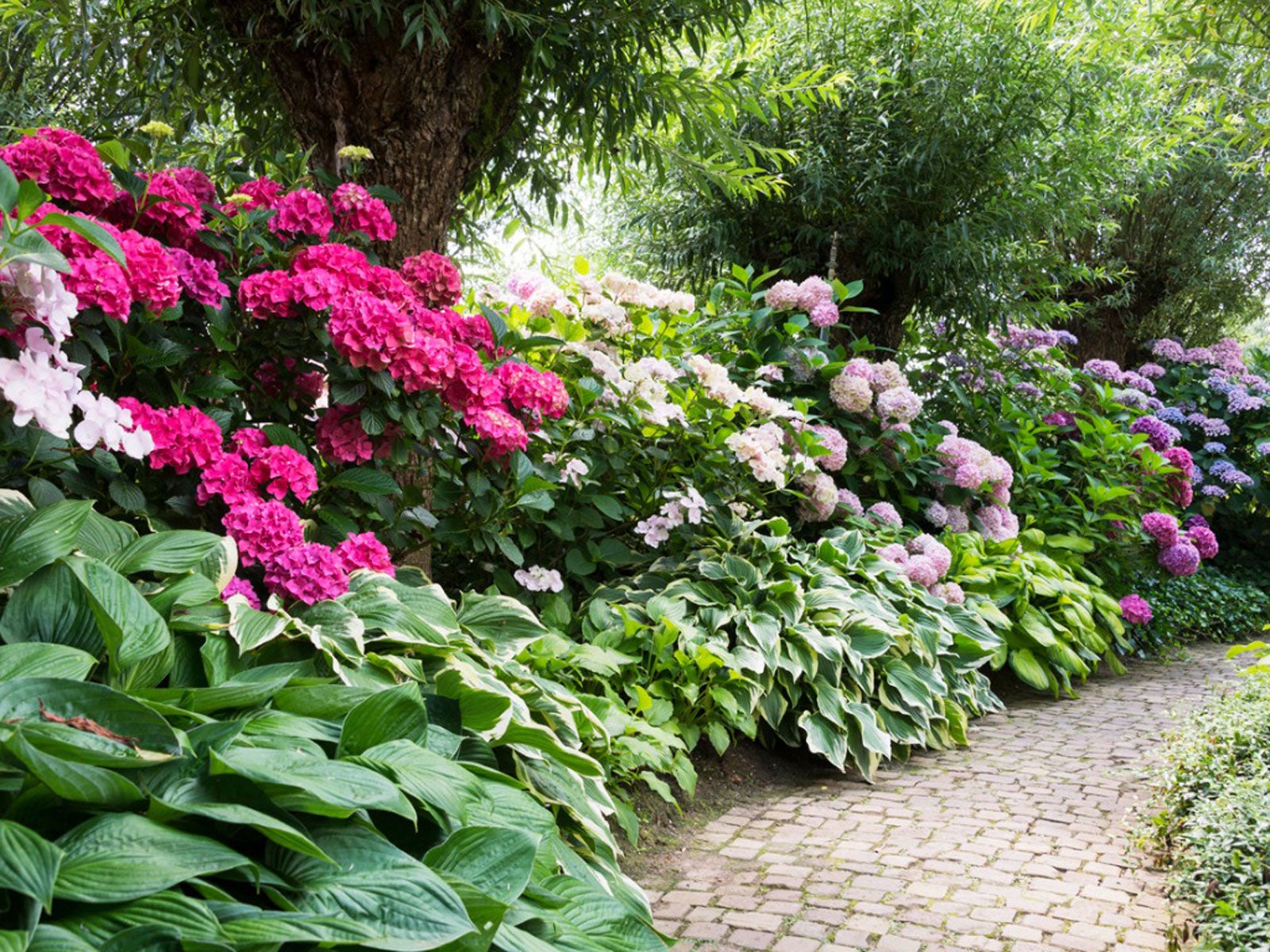 Companions For Azaleas And Rhododendrons: What To Plant With Rhododendron Bushes
Companions For Azaleas And Rhododendrons: What To Plant With Rhododendron BushesRhododendrons and azaleas make beautiful landscape plants but require specific growing conditions. Learn what to plant with azaleas and rhododendrons here.
By Laura Miller
-
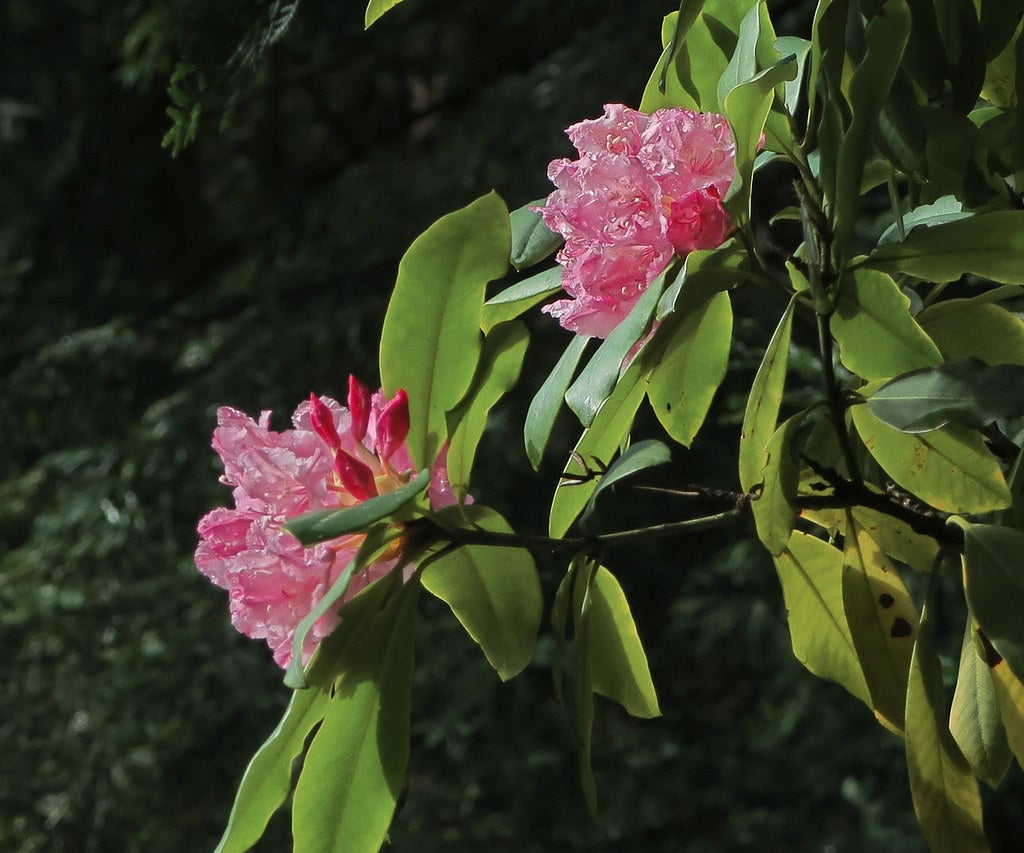 Pacific Rhododendron Care – How To Grow A Pacific Rhododendron
Pacific Rhododendron Care – How To Grow A Pacific RhododendronUsing Pacific rhododendron plants as part of natural landscaping provides eye-popping blooms combined with ease of care. These wild plants are very adaptable and versatile. Click here for tips on how to grow a Pacific rhododendron in your garden.
By Bonnie L. Grant
-
 Rhododendron Container Care: Growing Rhododendrons In Containers
Rhododendron Container Care: Growing Rhododendrons In ContainersWhile usually grown as shrubs, rhododendrons can get very big. They can also go the other direction and be grown as small, manageable plants in containers. Learn more about how to care for rhododendrons in pots in this article.
By Liz Baessler
-
 Feeding Rhododendrons: When And How To Fertilize Rhododendrons
Feeding Rhododendrons: When And How To Fertilize RhododendronsFertilizing rhododendron bushes isn't necessary if the shrubs are planted in fertile soil. If your garden soil is poor, feeding rhododendrons is one way to provide the plants with nutrients. Click on this article to learn how to fertilize rhododendrons.
By Teo Spengler